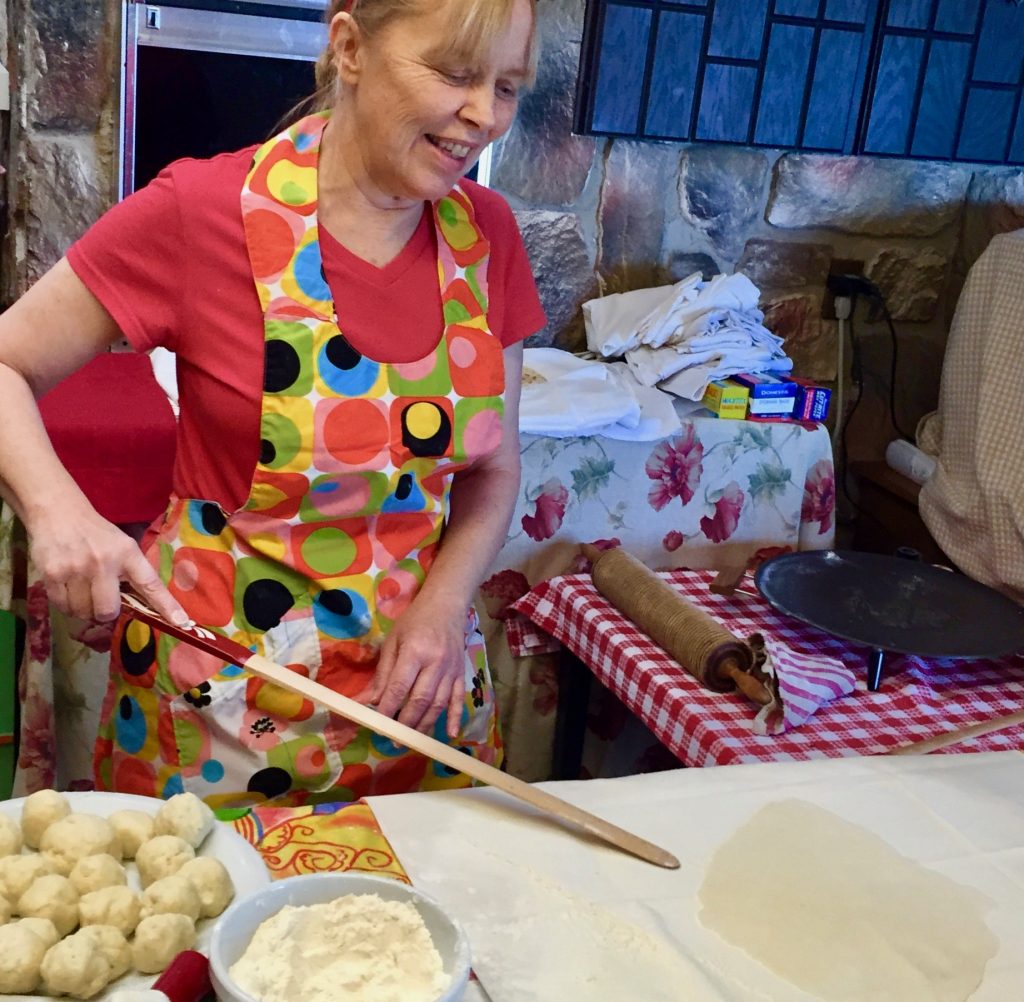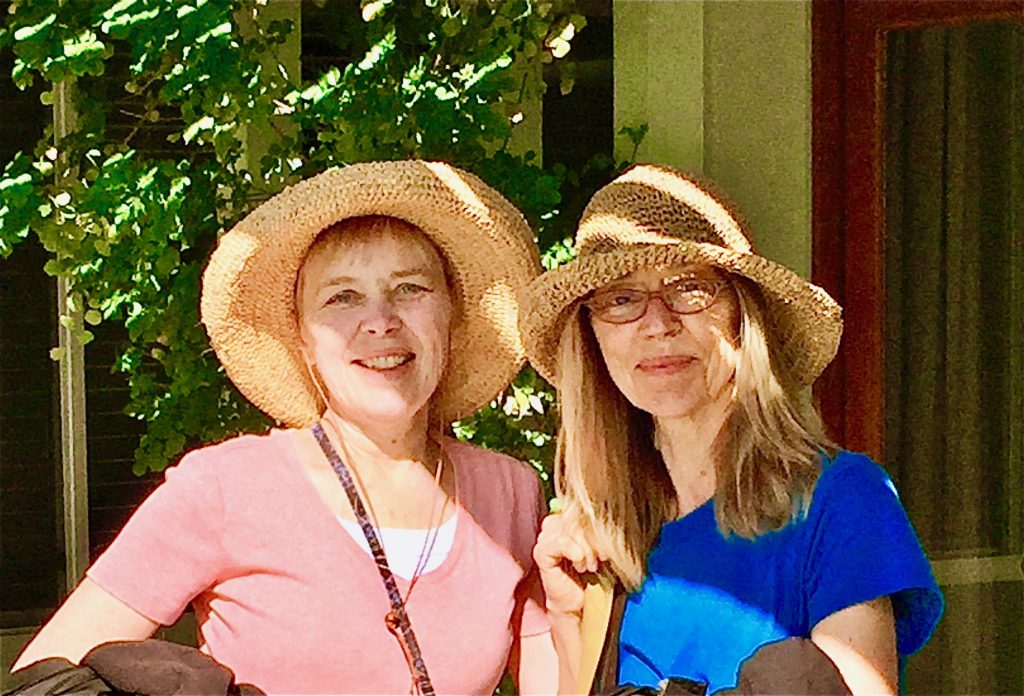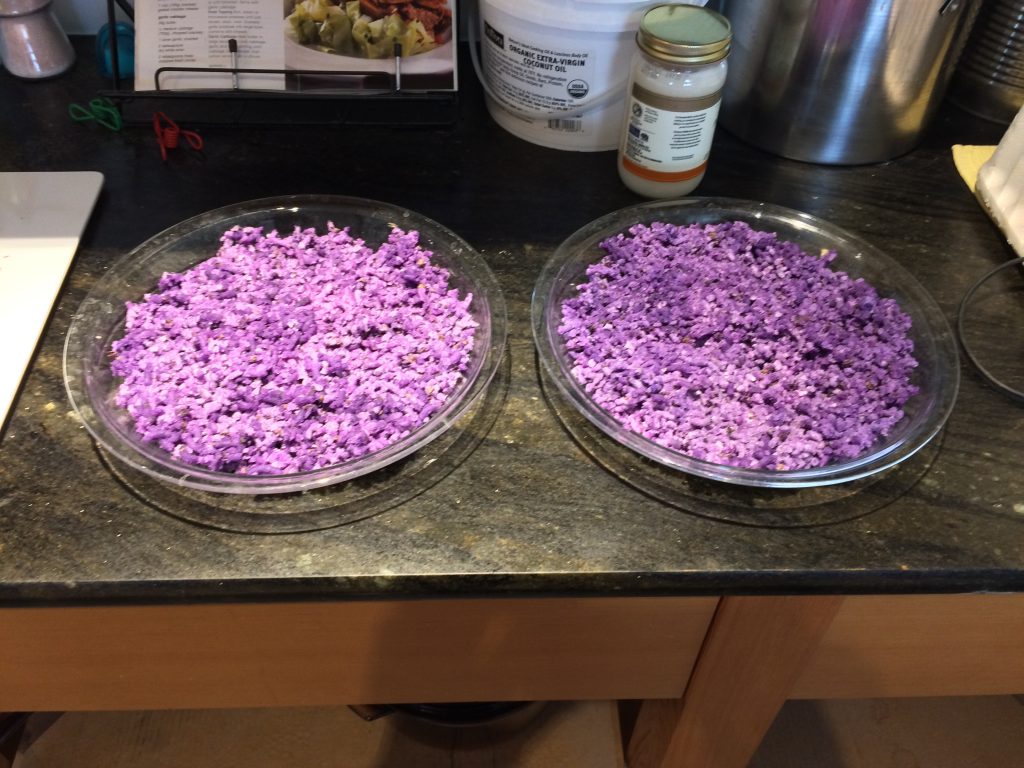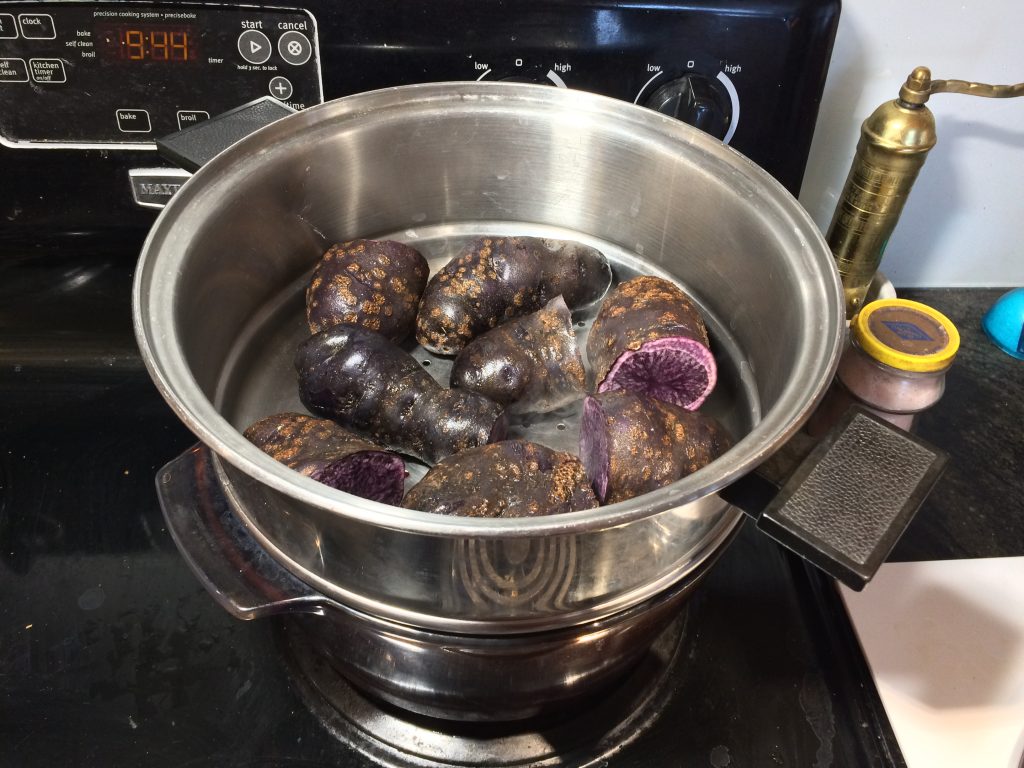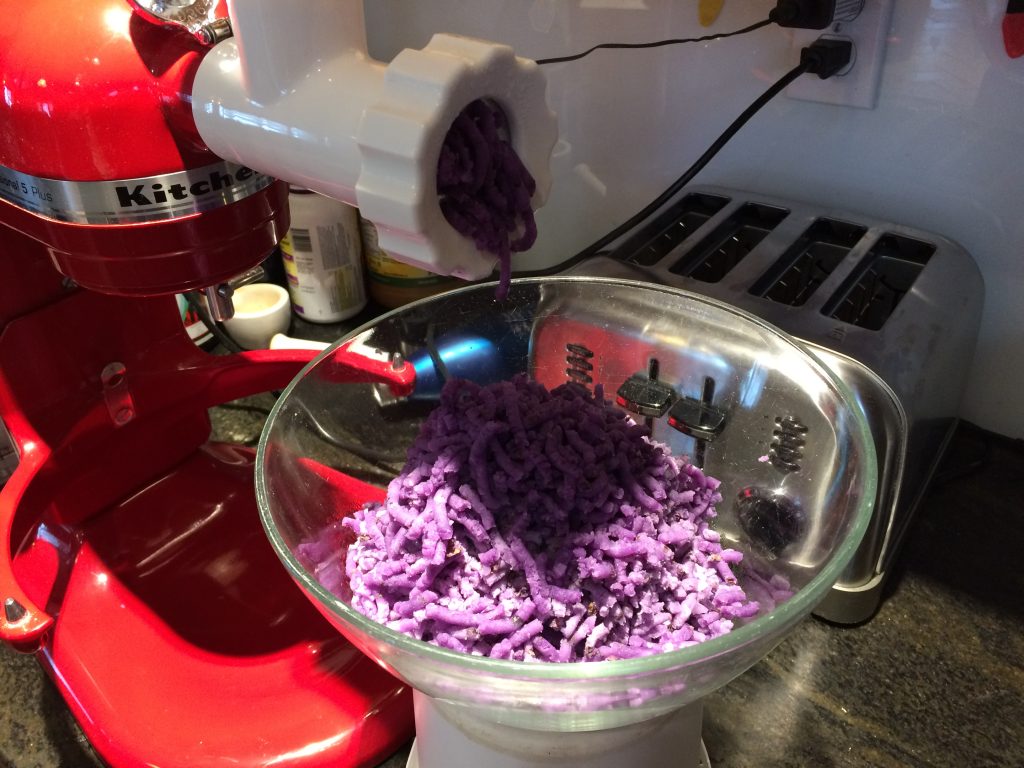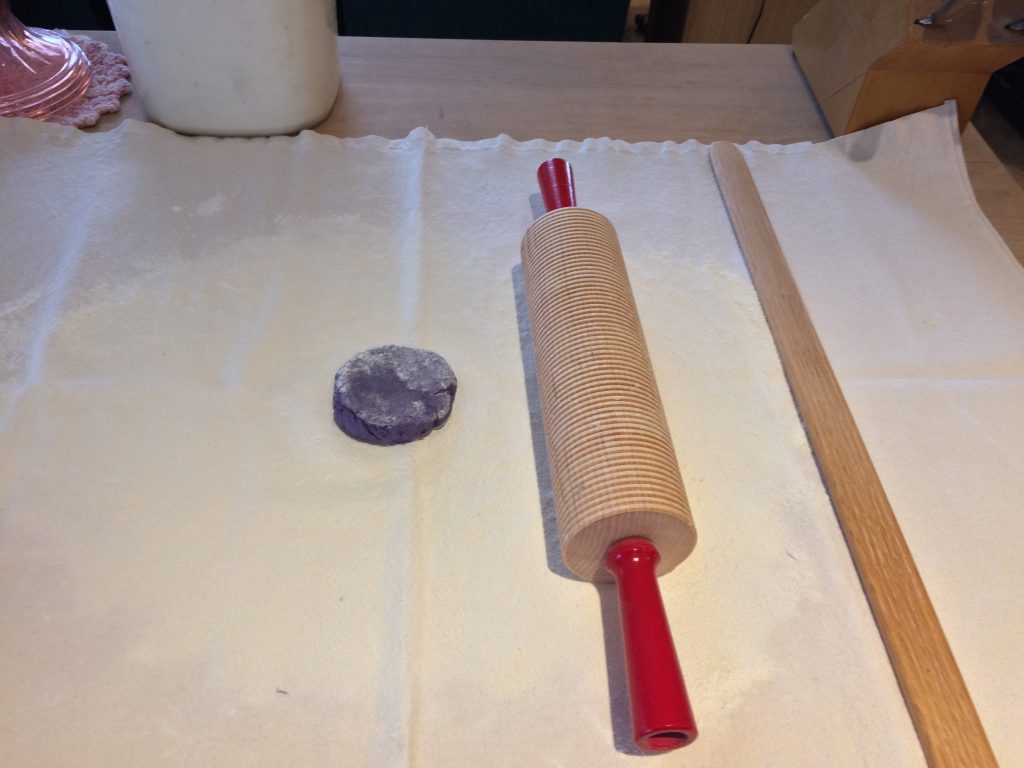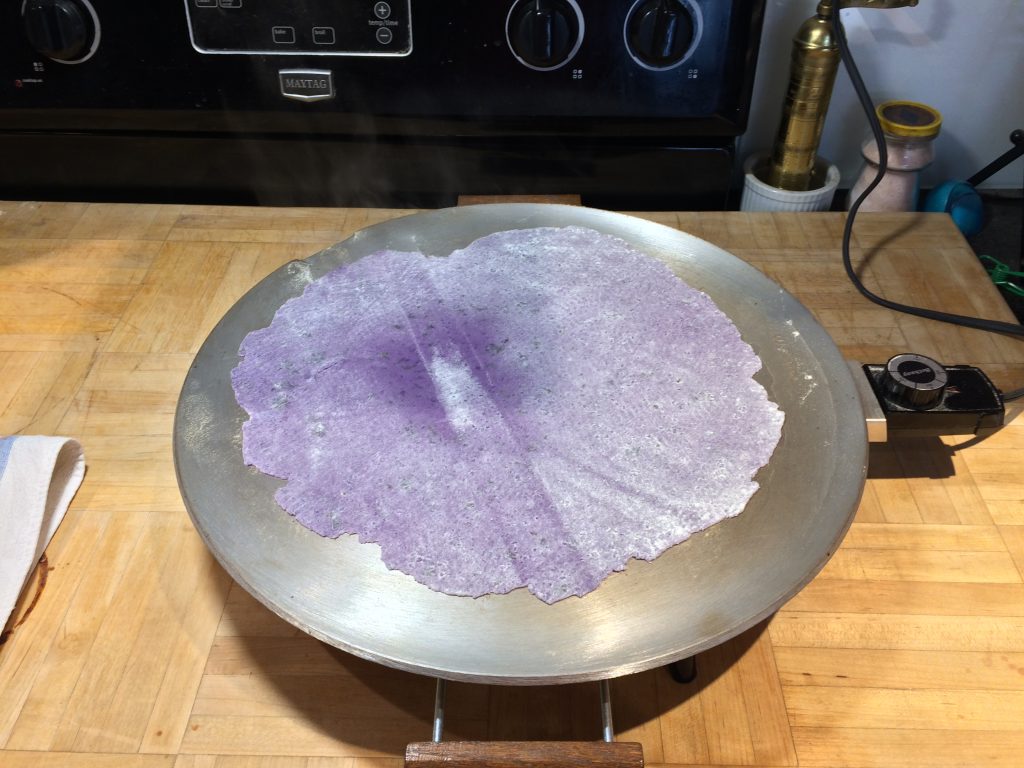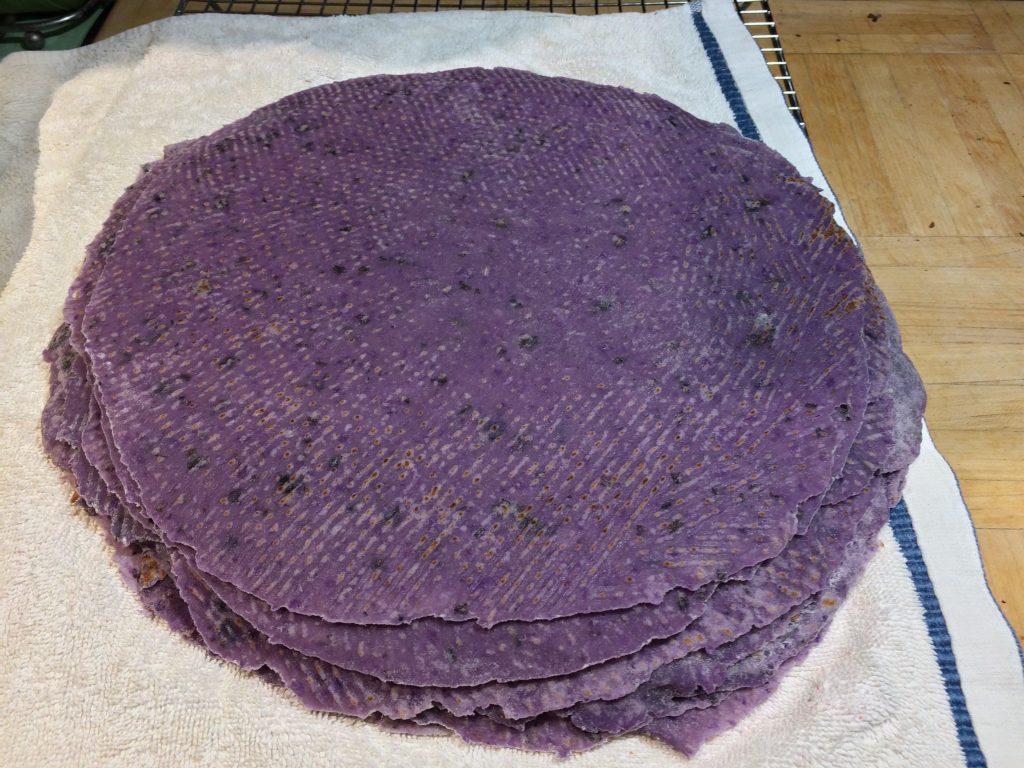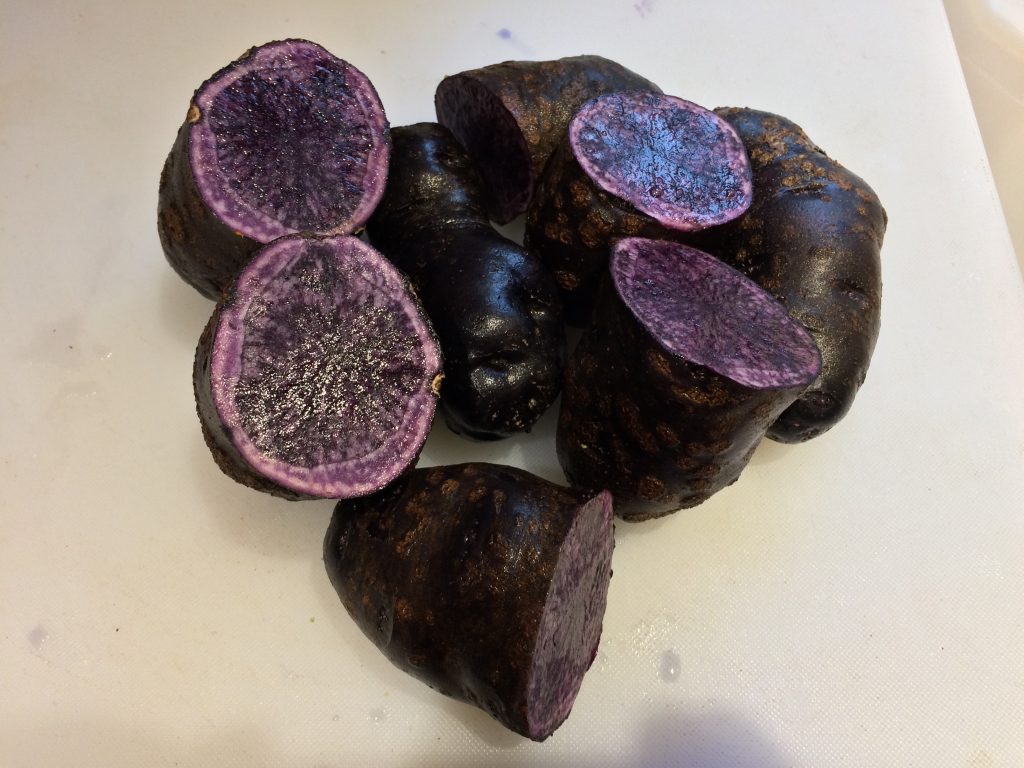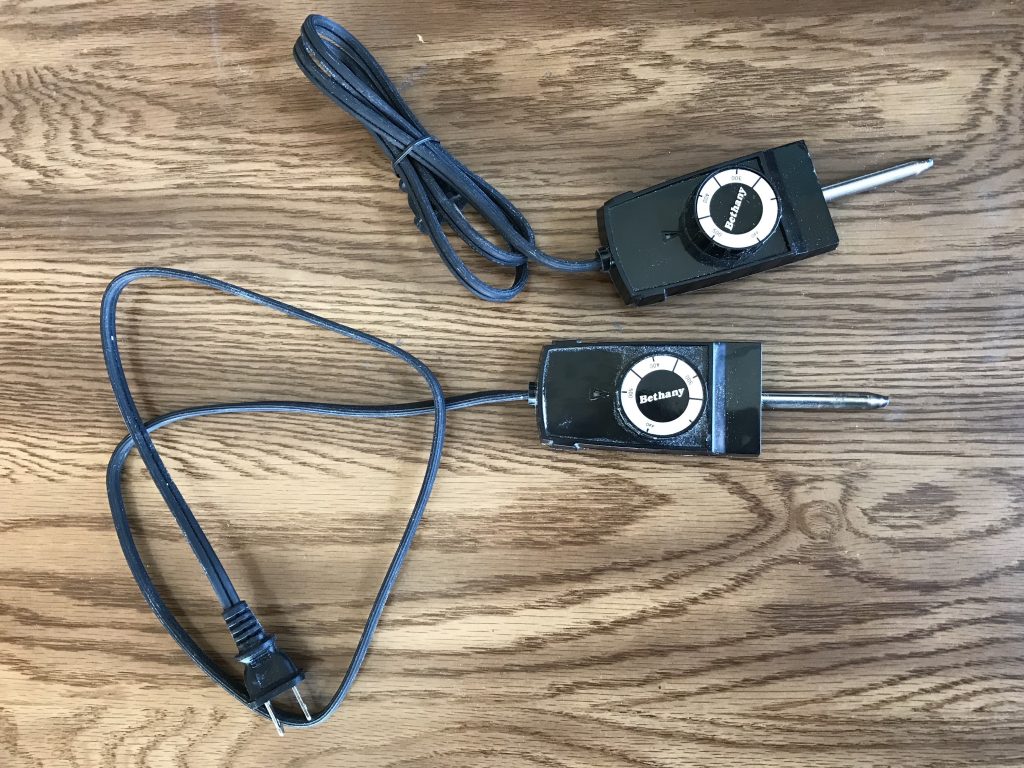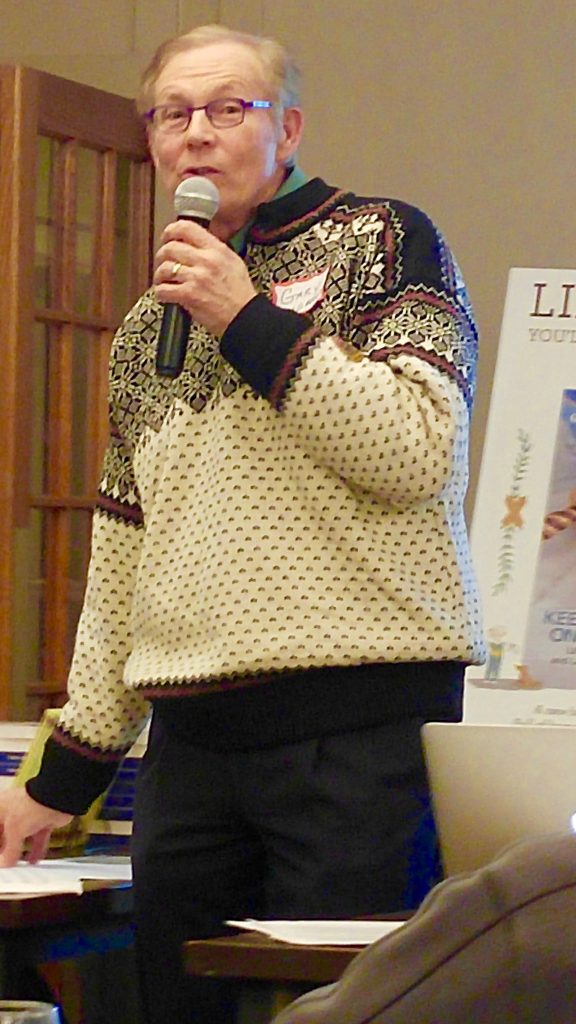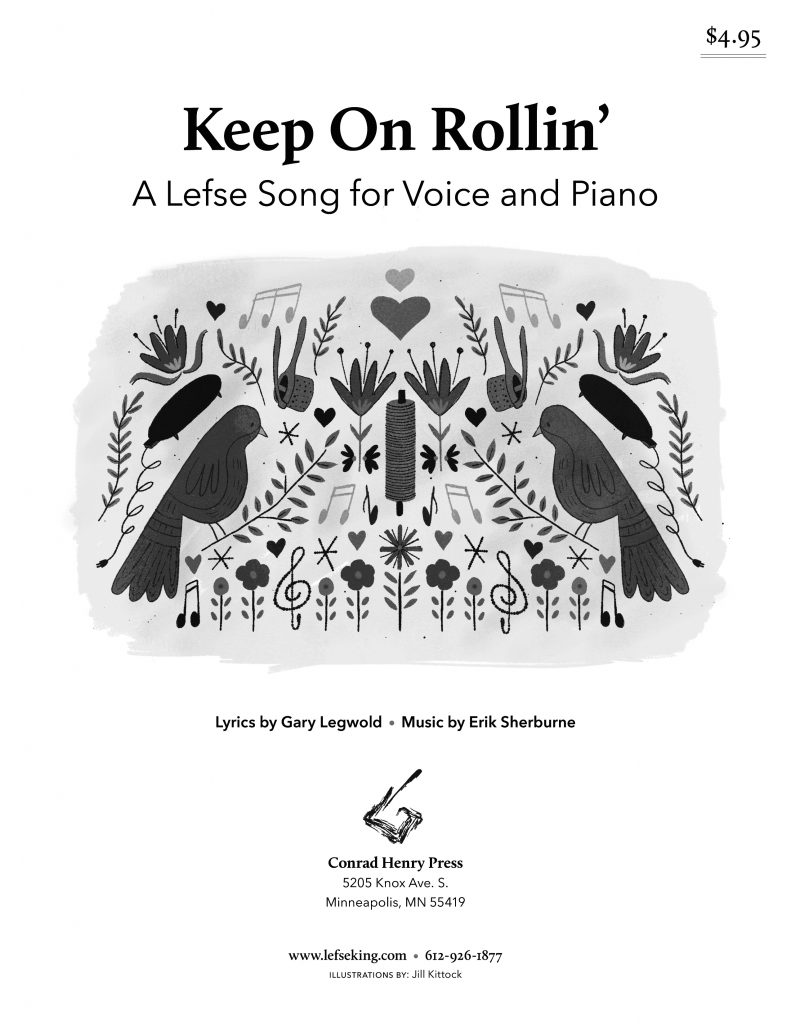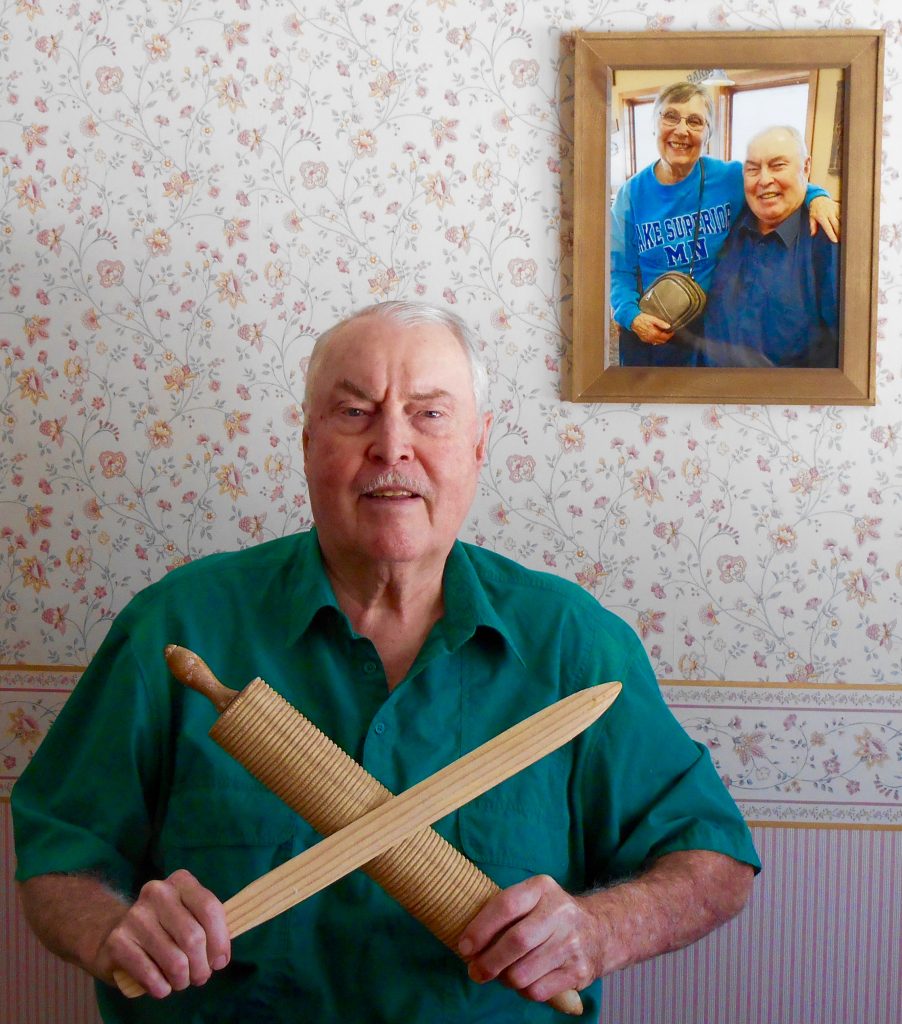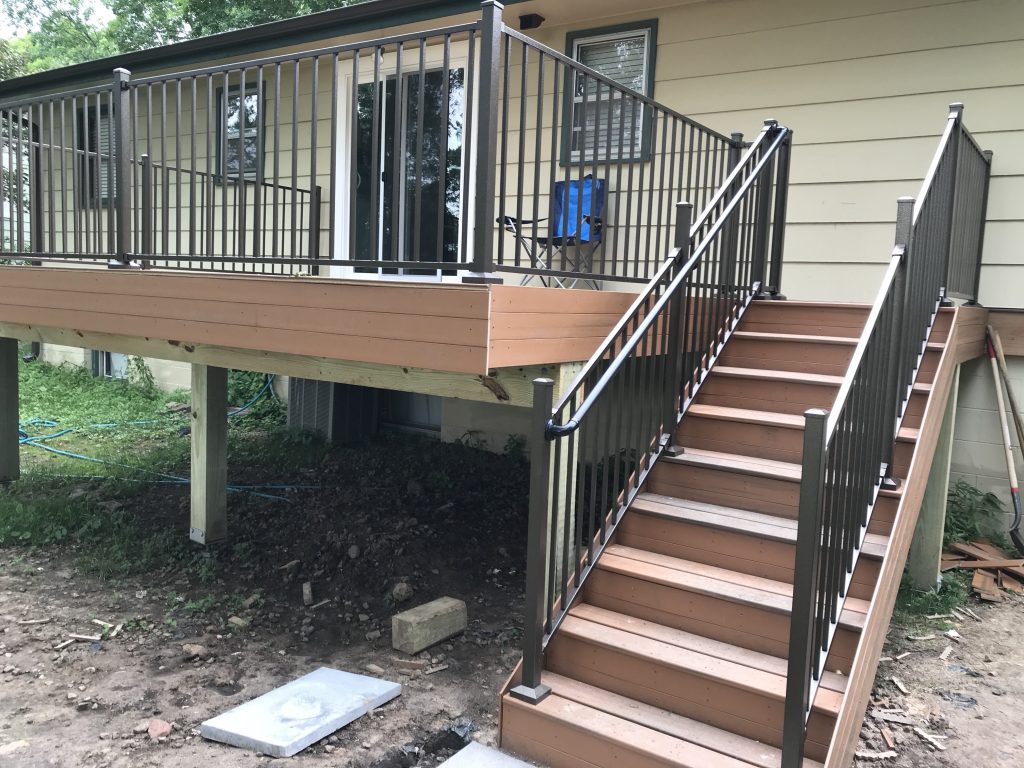
You may have noticed I took a break from blogging and The Lefse & Lutefisk News for the last month. Two reasons:
First, it’s the low lefse season, and all’s quiet on the lefse front. After all, making lefse in a hammock is pretty tricky.
Second, my son, Ben Legwold, his future father-in-law, Kou Vang, and I just finished a 16’ x 20’ deck that attaches to his new house here in the Twin Cities. It was the first deck for all of us, and it turned out great. From time to time my thoughts turned to the similarities between deck building and lefse making, of course, and here are my top five:
- Deck building and lefse making are best when done with others. The buddy system works. When you tire or get discouraged, your partners can pick you up. Also, your strengths tend to complement their strengths. In lefse making, one may like making dough while the others like rolling and grilling. With deck building, I could get bogged down with overthinking square and level and meeting code. But Ben and Kou would keep us moving with their intuitive style.
- You can do anything with the right tools. Since I was my son’s age, I have been building up tools for projects I would do at my houses. I am glad I have had them, and I threw all my tools—and a couple of new ones I didn’t know existed—at this deck project. Early on, my dilemma was: Do I pay for tools and risk making a royal mess of things out of ignorance and lack of confidence, or do I just use the money to hire a professional to do it right? Sure, I hired pros when I knew I would be in over my head. But often, I’d buy the tools, usually be the best ones affordable, and let the tools and particulars of the projects teach me. The same is true of lefse-making equipment. Buy the best and give yourself a chance to make the best lefse.
- What if lefse had to meet code? Think about that. What if you had to take out a permit—which you have to do with deck building—before you made every batch of lefse you intended to share with family or sell to customers at the holidays? And then those batches had to meet a lefse code and pass inspection? Oh, the Perfectionist Support Group meetings would be packed!
- Surprises and humor await! You can plan your deck building and lefse making to the nth degree, but stuff happens. Your rolling pin breaks, so you roll lefse using a sock-covered tube of caulk. Your deck isn’t square, so you make the ends of one corner meet by setting a second post at that corner. NB: Our deck was square.
- You must celebrate. Just as it is unthinkable that you not sit and savor lefse with your lefse team when the rolling is done, you must also celebrate your deck again and again. Eat on it, watch sun rises, and discover constellations with family and friends. Lefse and decks invite the best of living.


